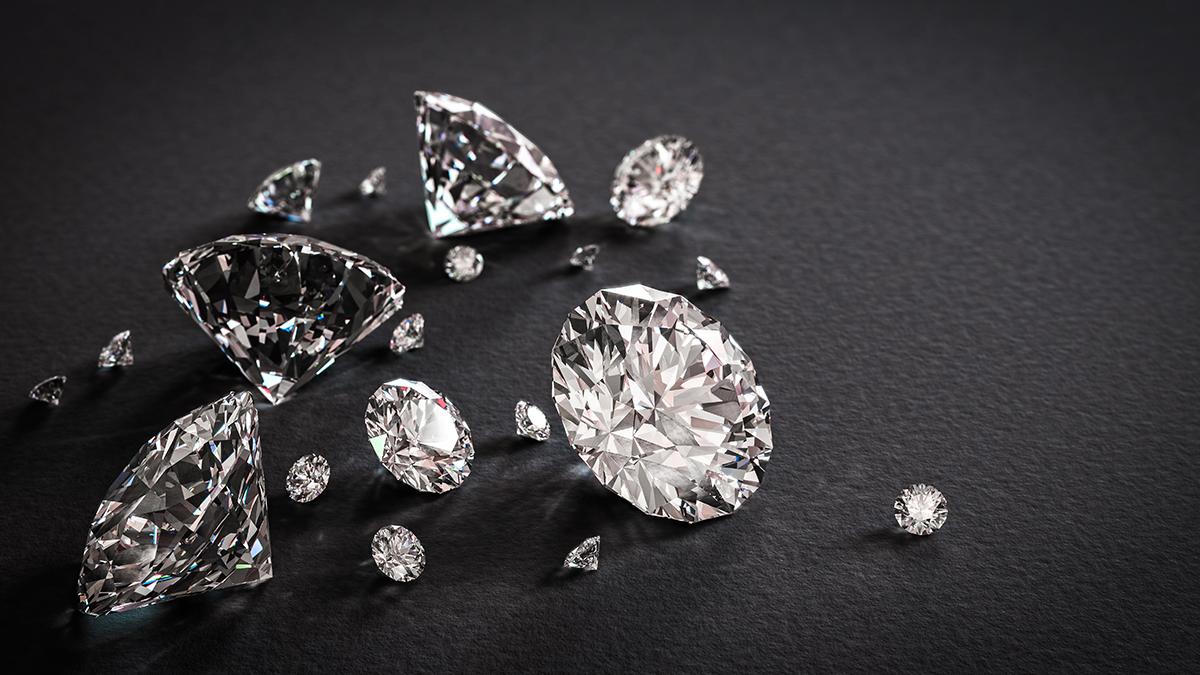Introduction to Lab Grown Diamonds
Lab-grown diamonds, also known as synthetic diamonds or man-made diamonds, are becoming increasingly popular in the world of jewelry and industry. These diamonds are created through advanced technological processes that replicate the natural diamond-growing conditions, resulting in gemstones that are visually and chemically identical to natural diamonds. In this article, we will delve into the fascinating world of lab-grown diamonds, exploring their production, quality, advantages, and much more.
The Process of Creating Lab Grown Diamonds
Chemical Vapor Deposition (CVD)
One of the primary methods for producing lab-grown diamonds is Chemical Vapor Deposition (CVD). In this process, a small diamond seed is placed in a chamber filled with carbon-rich gases. The carbon atoms gradually accumulate on the seed, layer by layer, forming a complete diamond crystal.
High Pressure High Temperature (HPHT)
Another method employed is High Pressure High Temperature (HPHT). This process mimics the conditions deep within the Earth’s mantle where natural diamonds are formed. High pressure and high temperature help to crystallize carbon into a diamond structure.
Diamond Seeding
Diamond seeding is a crucial step in lab grown diamond production. It involves the introduction of a tiny diamond seed onto which carbon will deposit, eventually growing into a larger diamond.
Quality and Purity of Lab Grown Diamonds
Grading and Certification
Lab grown diamonds undergo rigorous grading and certification processes. These assessments ensure the quality, cut, clarity, and carat weight of the diamonds meet industry standards. The Gemological Institute of America (GIA) and International Gemological Institute (IGI) are some well-known grading authorities.
Environmental Impact
Lab-grown diamonds offer an environmentally friendly alternative to mined diamonds. They significantly reduce the ecological footprint associated with diamond mining, making them a sustainable choice for eco-conscious consumers.
Advantages of Lab Grown Diamonds
Cost-Effectiveness
Lab-grown diamonds are often more affordable than their natural counterparts, making them an attractive option for those who desire the beauty of a diamond without the premium price tag.
Ethical and Environmental Benefits
The lab-grown diamond industry is committed to ethical practices, free from the controversies often surrounding the mining of natural diamonds. Their environmental impact is substantially lower, reducing the harm done to ecosystems.
Applications of Lab Grown Diamonds
Jewelry
Lab grown diamonds are increasingly being used in jewelry, offering a beautiful and ethical choice for engagement rings, necklaces, earrings, and more.
Industrial Use
These diamonds are also used in various industrial applications, such as cutting and drilling tools, due to their exceptional hardness.
The Popularity and Market Growth of Lab Grown Diamonds
Lab-grown diamonds are gaining significant popularity in the market, particularly among millennials who are environmentally conscious and value ethical sourcing.
Comparison with Natural Diamonds
Lab-grown diamonds are nearly identical to natural diamonds in terms of their physical and chemical properties, but they are more affordable and ethically sourced.
Lab Grown Diamonds vs. Other Gemstones
Lab-grown diamonds are unique, as they are not just a substitute for natural diamonds but also offer an ethical and sustainable choice compared to other gemstones.
The Future of Lab Grown Diamond Manufacturing
The lab-grown diamond industry is poised for tremendous growth, with innovations in production techniques and increasing consumer awareness.
How to Choose Lab Grown Diamonds
Selecting a lab-grown diamond involves considering factors like size, cut, and quality, similar to choosing a natural diamond.
Lab Grown Diamond Myths Debunked
This section will address common misconceptions about lab-grown diamonds, ensuring readers have accurate information.
Lab Grown Diamonds in the Fashion Industry
Fashion designers and brands are embracing lab-grown diamonds as a sustainable and ethical choice for creating exquisite jewelry pieces.
Challenges and Concerns in Lab Grown Diamond Manufacturing
While the industry is thriving, it faces challenges such as meeting growing demand and ensuring consistent quality.
Conclusion: The Bright Future of Lab Grown Diamonds
In conclusion, Lab Grown Diamond Manufacturers are transforming the jewelry and industrial markets with their ethical, affordable, and visually stunning properties. As technology continues to advance, the popularity of these diamonds is expected to grow, solidifying their place in the market.
FAQs about Lab Grown Diamonds
-
Are lab grown diamonds real diamonds?
- Yes, lab grown diamonds are chemically and visually identical to natural diamonds.
-
What is the difference in price between lab grown and natural diamonds?
- Lab grown diamonds are typically more affordable, often 20-40% less expensive than natural diamonds.
-
Are lab grown diamonds considered sustainable?
- Yes, they are considered sustainable as they have a significantly lower environmental impact.
-
Do lab grown diamonds have flaws or inclusions?
- Like natural diamonds, lab grown diamonds can have inclusions, but their visibility varies based on quality.
-
Can lab grown diamonds be used in engagement rings?
- Absolutely! Lab grown diamonds are a popular choice for ethical engagement rings.







